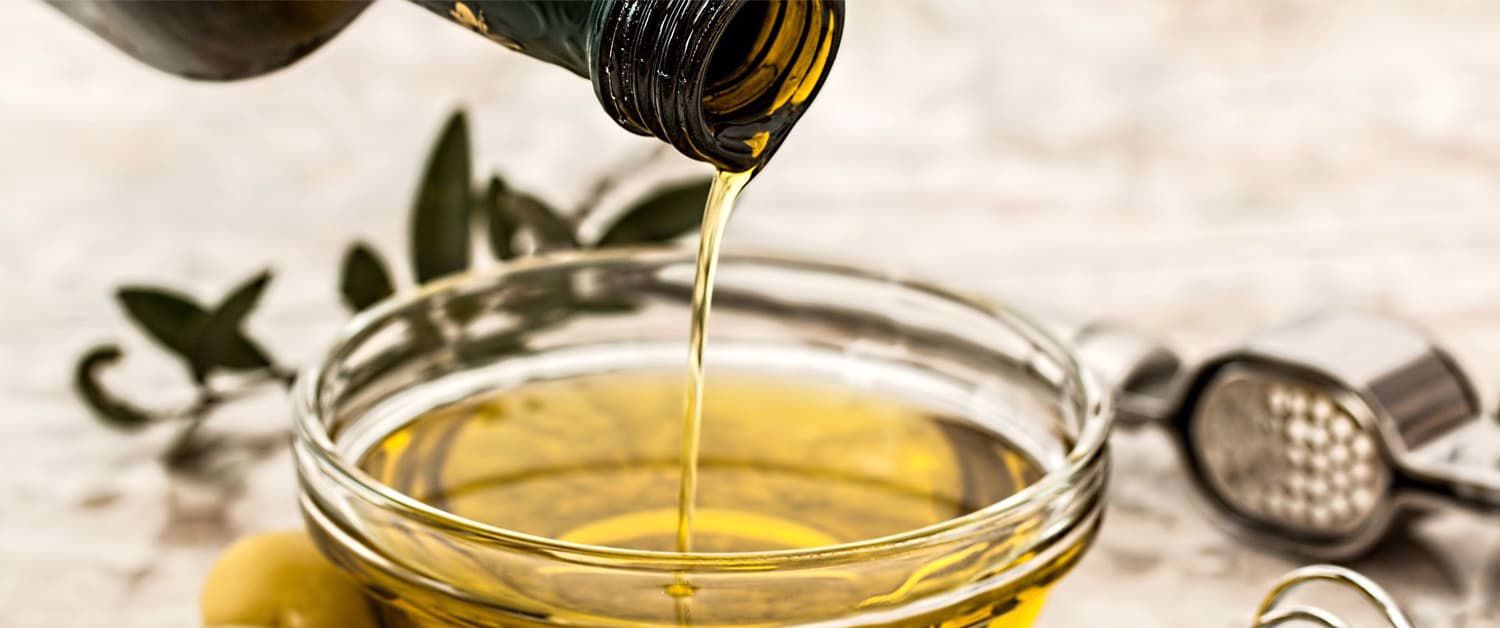With an increasingly reliable water supply improving the capacity of productive land to grow more than just arable crops and extensive livestock, Portugal is an attractive investment opportunity for an increasing range of food crops.
Main production regions
The north of Portugal is more dominated by forestry and vineyards whereas most large-scale productive agricultural land is located in the centre and south of the country. This is partly a reflection of the different topography within Portugal, with the north generally being more mountainous but also reflects the existence of large-scale public irrigation schemes in the south. As a result of this, it is much more common to find larger holdings (of 200 hectares or more) of farmland in the south of the country.
The traditional centre of Portuguese agriculture is in the Tagus basin, an area of flat, fertile, silty land on the banks of the Tagus River to the north of the capital Lisbon. The main crops there are olives, wine grapes and root vegetables. Most parts of the country lend themselves to the production of olives and tree nuts (almonds and walnuts) with the far southern Algarve region additionally popular in recent years for berries and avocados. The south west is a centre of winter production for salads and berries. Pistachios are grown more in the central region of Castelo Branco, where the slightly colder winter temperatures are more suitable.

Go back
Investment
Opportunities for investing in Portugal
Portugal one of the most popular destinations for institutional agricultural investment.
Savillis/AICEP
03rd Oct 2024



